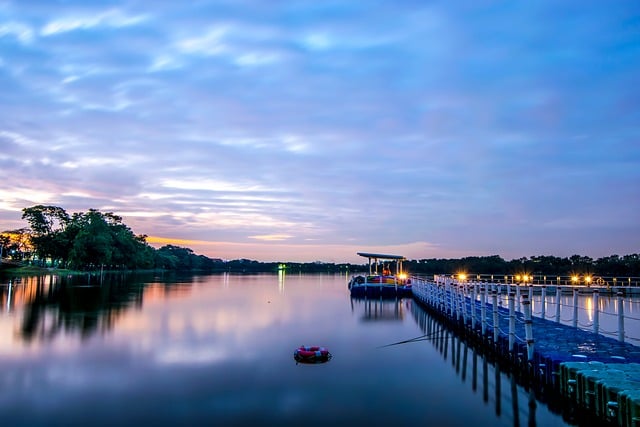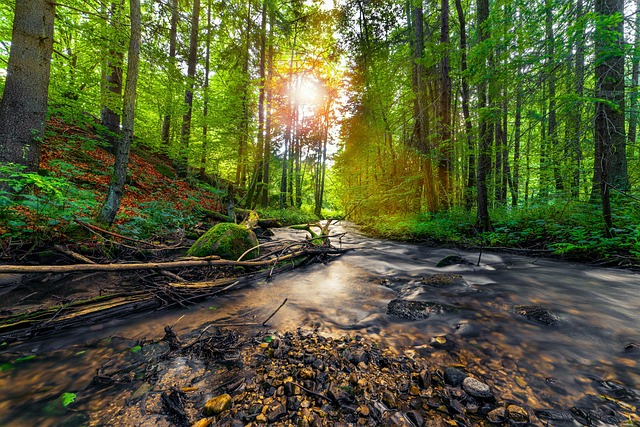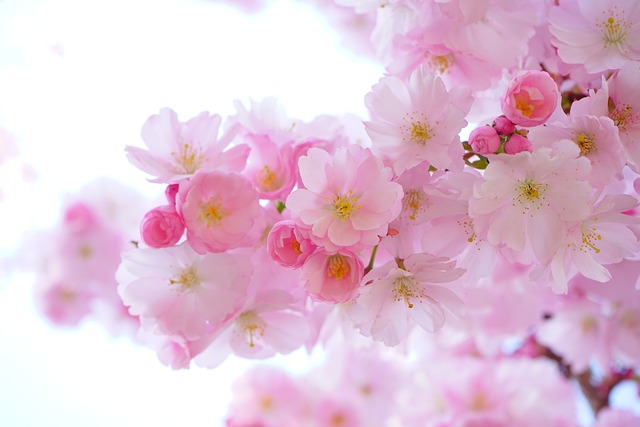Nature reserves are evolving into dynamic hubs with integrated fitness amenities, offering dedicated running tracks, outdoor gyms, and multi-purpose sports fields. These urban oases promote holistic well-being, cater to various fitness levels, and foster community engagement through organized events. By seamlessly blending natural landscapes with urban amenities, these parks enhance physical and mental health while providing a unique connection with nature.
Parks have long been urban oases, offering respite from bustling city life. But increasingly, they’re transforming into vibrant hubs of physical activity, boasting fitness and sports facilities that cater to diverse interests. From running trails snaking through verdant landscapes to serene yoga gardens, nature reserves are becoming outdoor gyms, fostering active lifestyles for all ages. This article explores this growing trend, delving into the design considerations and community benefits of parks with enhanced fitness offerings.
- Discovering Urban Oases: Parks with Fitness Amenities
- Nature Reserves as Outdoor Gyms: A Growing Trend
- Sports Facilities: Enhancing Green Spaces for All Ages
- From Running Trails to Yoga Gardens
- Community Engagement: Parks Foster Active Lifestyles
- Design Considerations for Fitness-Focused Parks
Discovering Urban Oases: Parks with Fitness Amenities
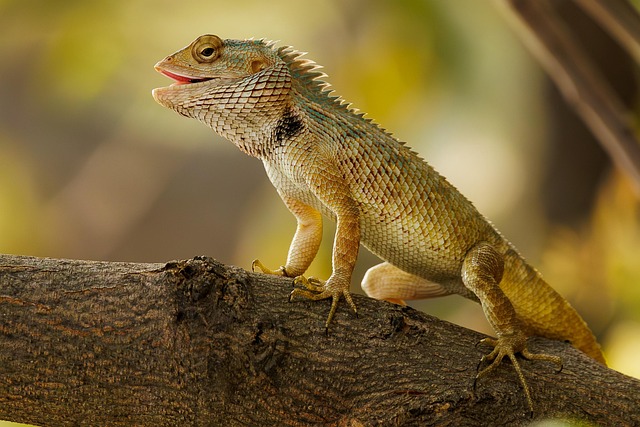
In the heart of bustling cities, nature reserves known as parks offer a serene escape and a growing trend of incorporating fitness amenities to cater to active lifestyles. These urban oases transform into vibrant hubs where residents and visitors alike can engage in various physical activities amidst lush greenery. From dedicated running tracks and outdoor gyms to multi-purpose sports fields, these parks are revolutionizing the way people stay fit and connect with nature.
With a focus on enhancing well-being, modern parks are designed to provide a holistic experience. The addition of fitness facilities not only encourages a healthier lifestyle but also adds a dynamic element to community gatherings. Whether it’s an early morning jog, a post-work workout, or an organized sports tournament, these green spaces offer something for every fitness enthusiast. As cities continue to grow, the integration of nature reserves with fitness amenities promises to create vibrant, healthy, and connected urban environments.
Nature Reserves as Outdoor Gyms: A Growing Trend

Nature reserves, once considered off-limits to recreational activities, are increasingly transforming into outdoor gyms, catering to health-conscious individuals seeking a unique fitness experience. This growing trend leverages the natural environment as a fitness hub, offering a refreshing alternative to traditional gyms. Parks with integrated sports facilities and scenic landscapes provide an appealing setting for outdoor workouts, encouraging a holistic approach to wellness.
The integration of exercise routines within nature reserves not only promotes physical health but also fosters a deeper connection with the environment. This innovative concept encourages folks to embrace a more active lifestyle while appreciating the beauty of their surroundings. With the rise in popularity of eco-friendly fitness, nature reserves are becoming popular destinations for those looking to enhance their fitness regimen in a picturesque setting.
Sports Facilities: Enhancing Green Spaces for All Ages
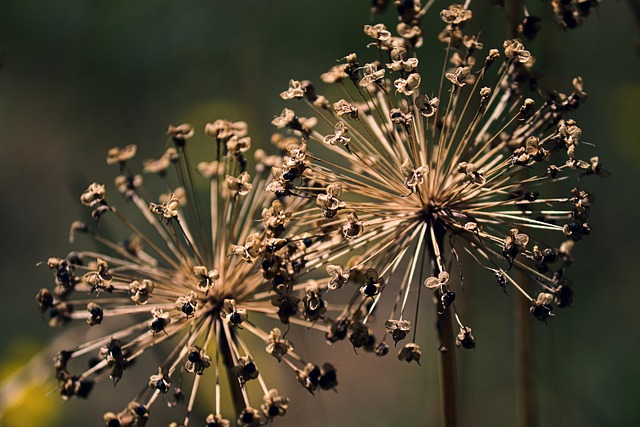
Parks with sports facilities offer a unique blend of green spaces and structured activity, enhancing local communities’ overall health and well-being. These areas cater to people of all ages, from children enjoying playful pursuits to adults engaging in competitive sports. Well-designed sports facilities within parks encourage active lifestyles, providing accessible options for both casual exercise and dedicated training.
The integration of sports infrastructure into nature reserves creates a harmonious environment where individuals can connect with the outdoors while participating in physical activities. This combination fosters a sense of community, promotes mental health, and encourages environmental stewardship. With diverse offerings, these parks cater to various fitness levels, ensuring that everyone has an opportunity to contribute to their health in a natural setting.
From Running Trails to Yoga Gardens

Parks with a variety of fitness and sports facilities are becoming increasingly popular as people seek to combine their exercise routines with the serenity of nature. These parks offer more than just open spaces; they are equipped with running trails, basketball courts, soccer fields, and even yoga gardens, catering to diverse physical activities. The integration of these amenities within natural landscapes, often referred to as nature reserves, provides an idyllic setting for both casual enthusiasts and professional athletes.
Whether it’s winding trails through lush greenery for runners and walkers or open areas for team sports, these parks offer a holistic experience that bridges the gap between urban life and the tranquil beauty of nature reserves. The availability of yoga gardens further enhances this connection by allowing individuals to practice mindfulness and physical fitness in harmony with their surroundings, creating a balanced lifestyle that is both rejuvenating and invigorating.
Community Engagement: Parks Foster Active Lifestyles
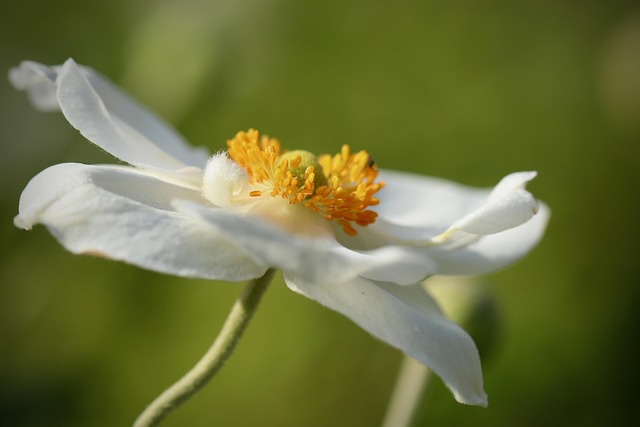
Parks, often referred to as nature reserves, play a pivotal role in fostering active and healthy lifestyles within communities. These green spaces serve as hubs for various fitness activities, from jogging paths and cycling routes to structured workout stations and sports fields. By providing accessible venues for physical exercise, parks encourage residents of all ages and fitness levels to engage in regular outdoor activity.
Moreover, community engagement programs organized in parks promote social interaction and collective well-being. Sports leagues, group classes, and recreational events bring people together, fostering a sense of belonging and camaraderie. This inclusive environment not only enhances physical health but also contributes to mental wellness by alleviating stress and providing opportunities for social connection within the local community.
Design Considerations for Fitness-Focused Parks
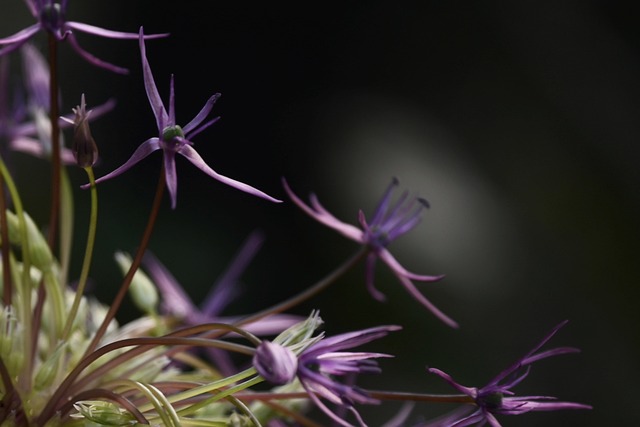
When designing parks with a focus on fitness and sports, it’s essential to integrate natural elements seamlessly. Incorporating diverse landscapes, from open green spaces for team sports to winding trails for running and hiking, caters to various physical activities and users. This blend of structured facilities and organic terrain encourages a holistic approach to health, allowing folks to enjoy both organised workouts and tranquil nature reserves within the same environment.
The design should also prioritise accessibility and safety. Well-maintained paths, clear signage, and varied equipment options cater to all fitness levels and abilities. Adequate lighting and security measures ensure users feel comfortable engaging in physical activities at various times of day. This thoughtful planning fosters a vibrant atmosphere where residents can connect with nature while enhancing their fitness regimes.








